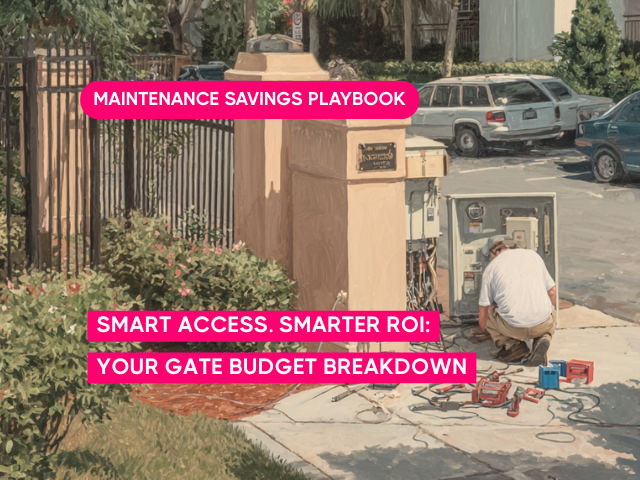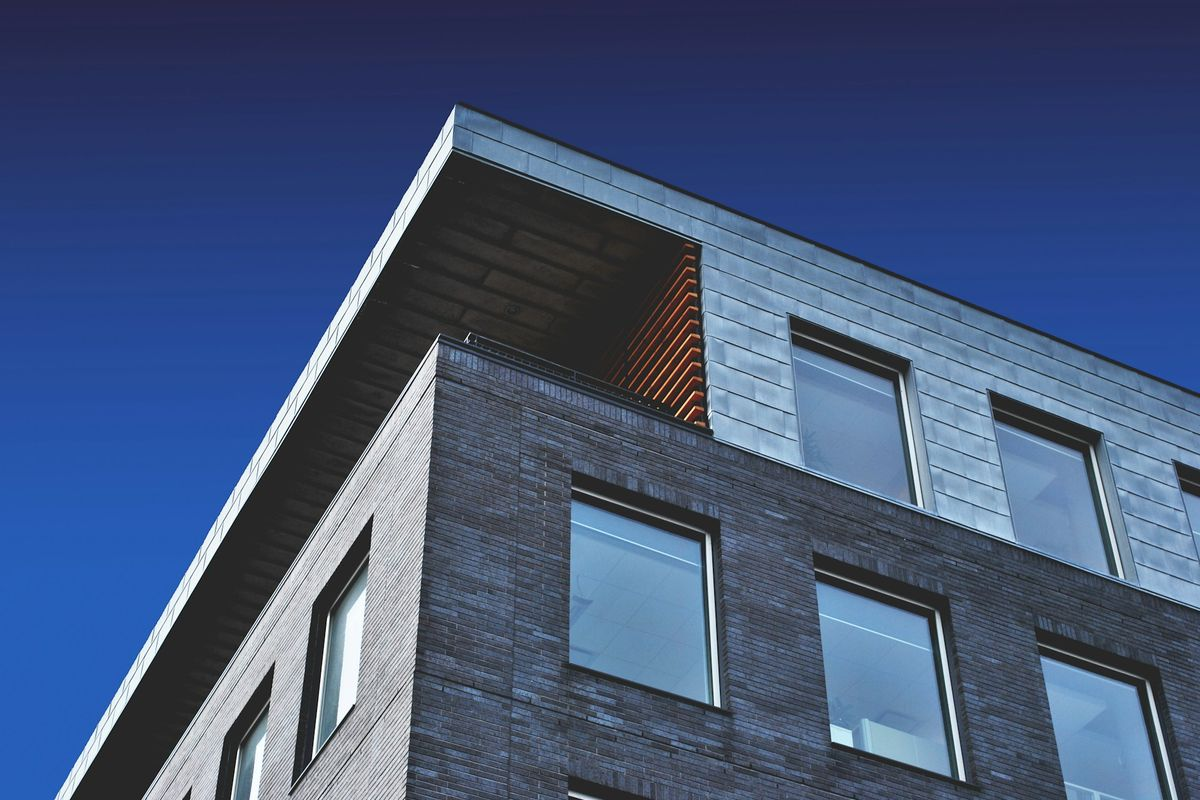
Every property manager knows the sound: that 2 AM phone call about a broken gate motor. Again.
You've replaced the gear three times this year. The vendor promises "this time it'll last," but you know better. Meanwhile, your maintenance budget bleeds out through emergency repairs, lost key fobs, and frustrated residents stuck outside their own homes.
Sound familiar? You're not alone. Across the multifamily industry, outdated gate systems drain resources faster than a leaking pool in August. But here's what forward-thinking property managers are discovering: modernizing your access control doesn't require ripping out infrastructure or explaining massive capital expenditures to ownership.
Traditional gate systems create a cascade of operational inefficiencies that ripple through your entire property management workflow. When you're managing 200+ units across multiple communities, those manual gate code updates and physical key fob distributions aren't just inconvenient—they're operational anchors dragging down your team's productivity.
Consider the typical move-out scenario: A resident leaves on the 31st. Someone needs to deactivate their access. But between coordinating maintenance, handling showings, and managing vendor schedules, that deactivation gets pushed to "tomorrow." Suddenly, it's been a week, and your former resident's cousin is using the amenity center pool.
These aren't just security concerns—they're operational efficiency killers that impact your bottom line through:

Regional managers overseeing multiple properties face an even bigger challenge: standardizing operations across diverse communities while maintaining budget discipline. They're discovering that smart access control isn't just about fixing broken gates—it's about portfolio optimization.
When you can monitor all properties from a single dashboard, track real-time access patterns, and automatically sync resident move-ins with gate permissions through your existing property management software, you're not just solving problems—you're preventing them.
The integration capabilities with platforms like RealPage, Entrata, and ResMan mean no more double data entry. No more forgotten deactivations. Just seamless operational flow that lets your on-site teams focus on resident experience rather than access administration.
Here's what many property owners don't realize: requiring internet connectivity at every gate point can turn a simple upgrade into a complex infrastructure project. Garden-style communities with sprawling layouts and multiple access points face particular challenges when traditional smart systems demand hardwired internet connections.
Modern cellular-based solutions eliminate this constraint. Using LTE connectivity with battery backup means your gates stay operational during power outages—exactly when residents need reliable access most. For B and C class properties where infrastructure limitations often derail modernization efforts, this approach offers a practical path forward.

Property owners and asset managers evaluate every expense through the lens of NOI impact. Here's how to frame access control modernization as the strategic investment it truly is:
Operational Efficiency Gains:
Revenue Protection:
Risk Mitigation:
Switching from broken mechanical systems to smartphone-based access might sound like a massive undertaking. In reality, modern installations typically complete within hours to a single day—not the months required by similar systems.
The key differentiator? Purpose-built solutions designed specifically for multifamily communities, rather than one-size-fits-all security systems adapted from commercial applications. When your access control understands the unique workflows of multifamily property management—resident turnover, maintenance coordination, package deliveries, and guest access—implementation becomes remarkably straightforward.

Once property managers experience reliable, smartphone-controlled gates, they often discover unexpected benefits:
Leasing Advantages: Prospects touring your property see modern technology from their first interaction. That smartphone-opened gate sends a powerful message about your community's commitment to convenience and security.
Maintenance Coordination: Grant temporary access to vendors for specific windows, eliminating the "waiting for the repair guy" productivity drain. Your maintenance supervisor can manage contractor access remotely, even while handling emergencies at other properties.
Resident Empowerment: Residents can share temporary access with guests directly through their phones. No more calls to the office for gate codes when grandma visits for the weekend.
The path from problematic gates to smart access doesn't require a complete infrastructure overhaul. Here's your practical roadmap:

While some property management companies still struggle with decades-old gate systems, innovative managers are already leveraging smart access to differentiate their communities. They're discovering that residents—especially millennials and Gen Z renters who expect smartphone convenience—view modern access control as a standard amenity, not a luxury.
For property managers tired of midnight maintenance calls, regional managers seeking portfolio-wide efficiency, and owners focused on long-term value creation, the question isn't whether to modernize access control—it's how quickly you can implement solutions that transform operational headaches into competitive advantages.
The broken gate that prompted your latest emergency repair might just be the catalyst for operational transformation. Sometimes the best innovations come not from adding complexity, but from simplifying the fundamentals. In multifamily property management, few fundamentals matter more than ensuring residents can reliably, securely, and conveniently access their homes.
Ready to explore how modern access control can transform your property operations? The journey from broken gates to smart access starts with understanding your unique operational challenges and matching them with purpose-built solutions designed for multifamily success.